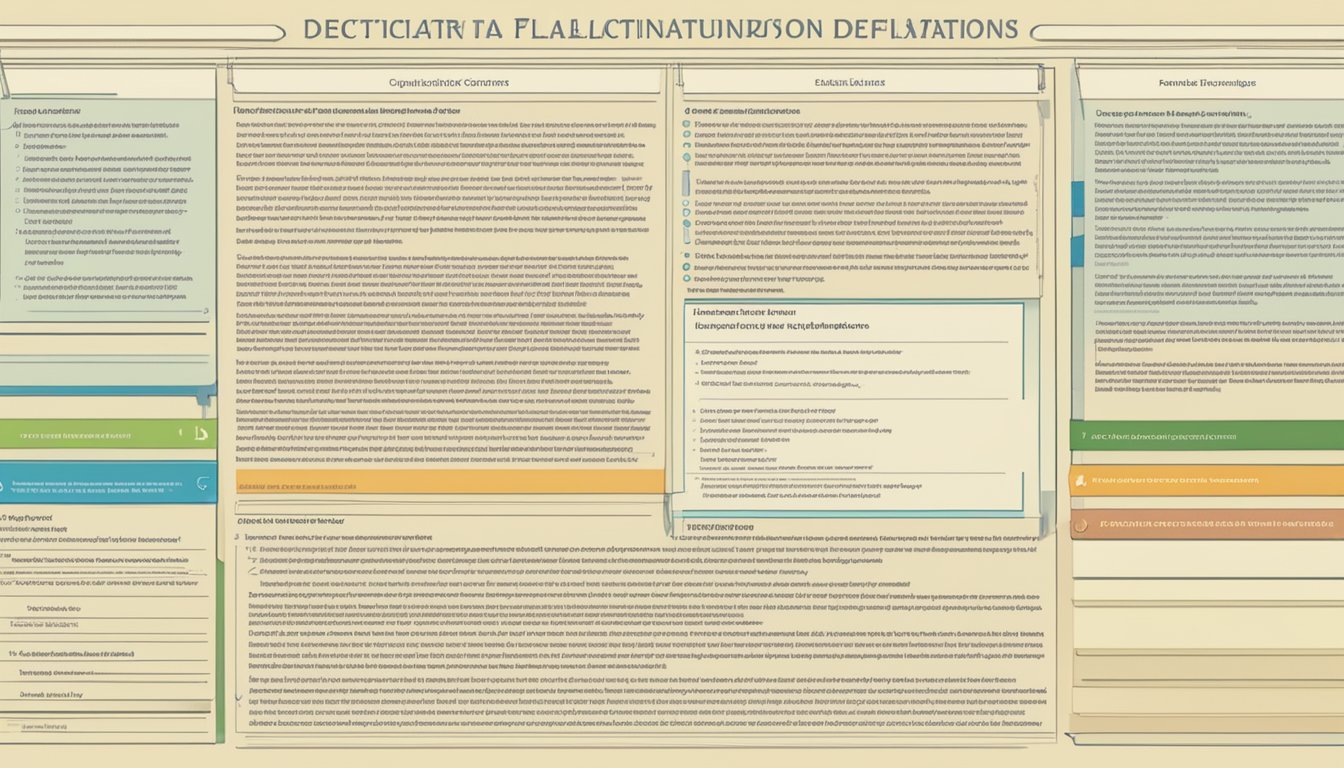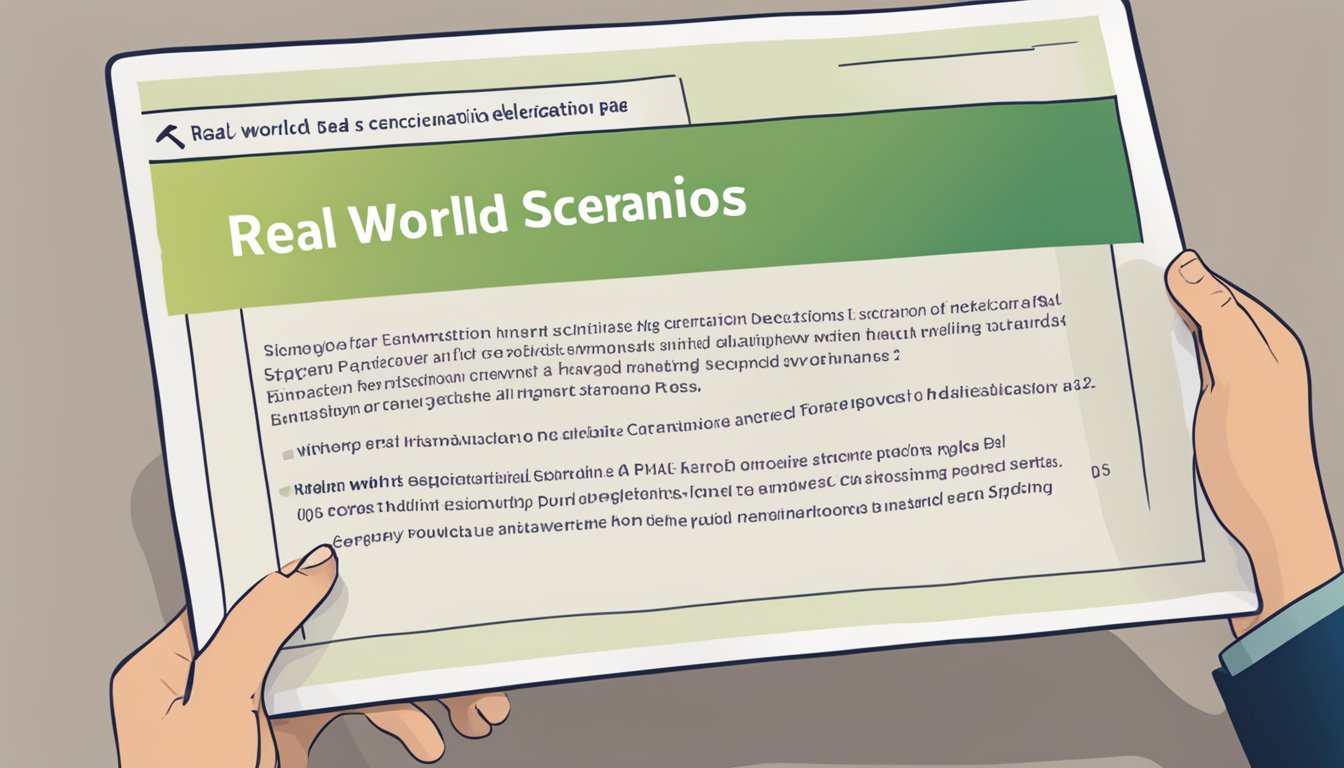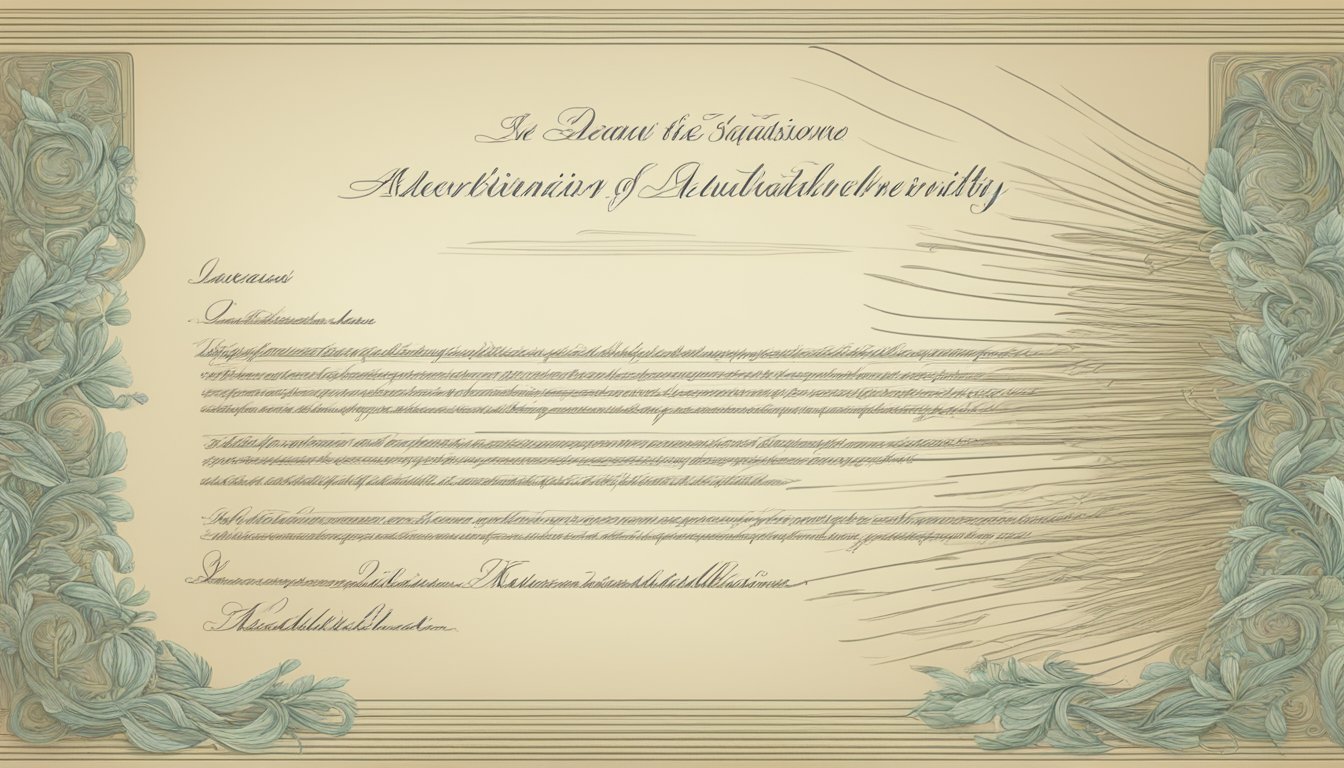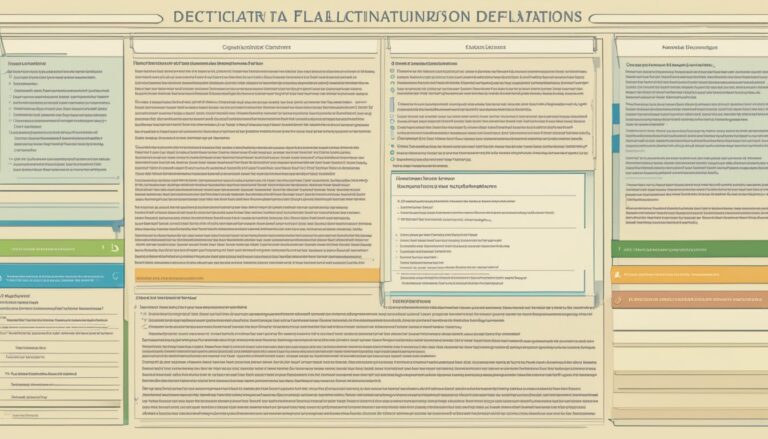Understanding Declaration Page: Definitions and Implications

A declaration page is a key part of an insurance policy.
It serves as a quick summary of the most important details.
Policyholder Information: It includes your name, contact details, and the policy number.
Make sure this information is correct.
Coverage Types: Different types of coverage such as liability, comprehensive, and collision are listed.
For example, comprehensive coverage covers damages not caused by collisions, like theft or natural disasters.
Coverage Amounts: This indicates how much the insurance company will pay in case of a claim.
These limits are essential for understanding your financial protection.
Premium: The declaration page shows the amount you pay for the policy.
This is usually broken down into periodic payments (monthly, annually, etc.).
Deductibles: These are the amounts you must pay out of pocket before the insurance kicks in.
Higher deductibles usually mean lower premiums.
Insurance Agent: The contact information for your insurance agent can often be found here.
This is vital for any questions or changes to the policy.
Endorsements: These are additional coverages or changes to the policy.
They might adjust the limits or cover specific risks.
Liability Coverage: This protects you if you’re responsible for someone else’s injury or property damage.
Details about this are clearly outlined.
Understanding each section of the declaration page helps ensure you’re fully aware of your insurance coverage and what to expect in different situations.
This knowledge empowers you to make informed decisions about your insurance needs.
Declaration Page in Real-world Scenarios

When dealing with car insurance, your declaration page is crucial.
It lists your coverage limits, policy period, and liability coverage.
If you get into an accident, this document will show you the collision coverage and any uninsured motorist coverage you have.
In homeowners insurance, the declaration page is just as important.
It includes details about dwelling coverage, personal belongings, and personal liability.
Should you face a natural disaster or theft, this page will outline what your insurance covers.
Filing a claim also requires you to reference the declaration page.
This page helps you gather necessary policy information and understand your loss payee.
It can simplify the process when you need to file a claim.
Insurance companies rely on the declaration page to validate your claim.
They use it to check your coverage limits, ensuring they meet the criteria for your situation.
Knowing what’s on your declaration page can facilitate the claims procedure.
Lastly, remember that the declaration page can include different coverages like comprehensive coverage for auto insurance or liability coverage for homeowners.
This makes it a go-to document for understanding your coverage in various scenarios.
Related Terms to Declaration Page and Their Significance

-
Declarations Page: This is a summary of your insurance policy, showing key details like coverage amounts, deductibles, and the policy period. It is important for quickly finding essential information about your insurance.
-
Coverage: This term explains what types of loss or damage are included in your policy. It might include coverage for your dwelling, personal property, and liability protection.
-
Deductible: This is the amount you pay out-of-pocket before your insurance starts paying for a covered loss. The deductible amount is listed on your declarations page.
-
Limits: These are the maximum amounts your policy will pay for a covered loss. Limits are specified for different types of coverage such as dwelling and personal property.
-
Named Insured: Named insured refers to the person or entity listed in the policy as the primary insured. This can include you, your spouse, or your business.
-
Effective Date: The effective date is when your insurance coverage begins. It is crucial for understanding when you can start making claims.
-
Policy Documents: These are the full details of your insurance agreement, including the declarations page, terms, and conditions.
-
Proof of Insurance: This is a document or card that provides verification of your insurance coverage. It’s often required by a lender or during a mortgage process.
-
Lender: Your mortgage lender may require you to have insurance to protect their financial interest in your home. They may be listed as an additional insured on your policy.
-
Insured Property: This refers to the property covered by your insurance, such as your home or business premises.
-
Dwelling: This term specifically refers to the structure of your home. Coverage A on your declarations page usually refers to your dwelling coverage.
-
Personal Property: Insurance for items inside your home, like furniture and electronics.
-
Policy Period: The time frame during which your insurance policy is active. This is outlined in your policy documents and highlights the start and end dates.
-
Additional Insured: An additional insured is a person or organization added to your policy, giving them coverage rights under your policy.
-
Proof of Coverage: Similar to proof of insurance, this document is necessary for showing that your property is insured as required by your mortgage lender or other parties.






